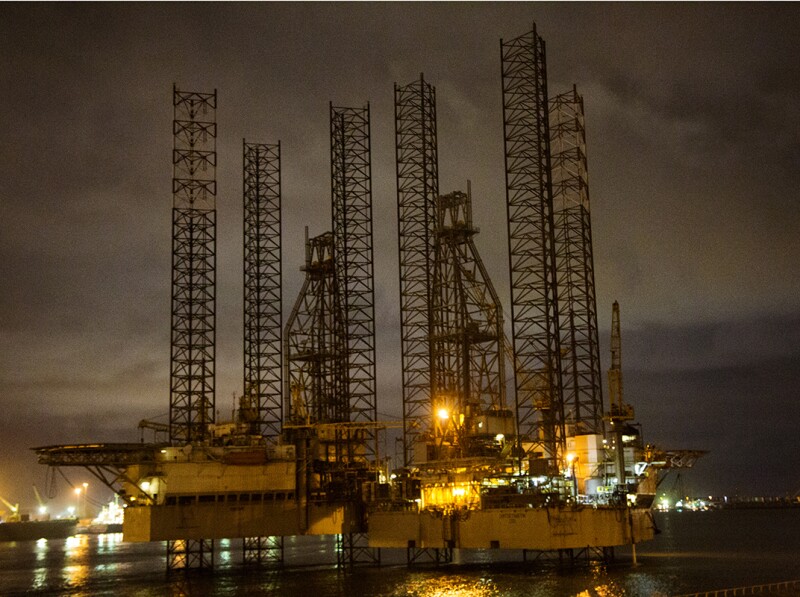The complete paper presents lessons learned from optimizing sand control and management strategies for an offshore Nigerian oil field after multiple sanding events and well failures. The authors discuss selection of the previous sand control solution, failure root causes, and remediation options considered.
Introduction
Field E is in a water depth of 500 ft. It features unconsolidated sands interbedded with siltstones and mud rocks, and was developed with five horizontal production wells (A1 through A5), two horizontal water injection wells (W1 and W2), and two gas injection wells (G1 and G2) drilled from an offshore platform.
The produced oil from Field E is exported by pipeline to a storage terminal and exported by shuttle tanker to market. The produced gas is reinjected into the reservoir.


